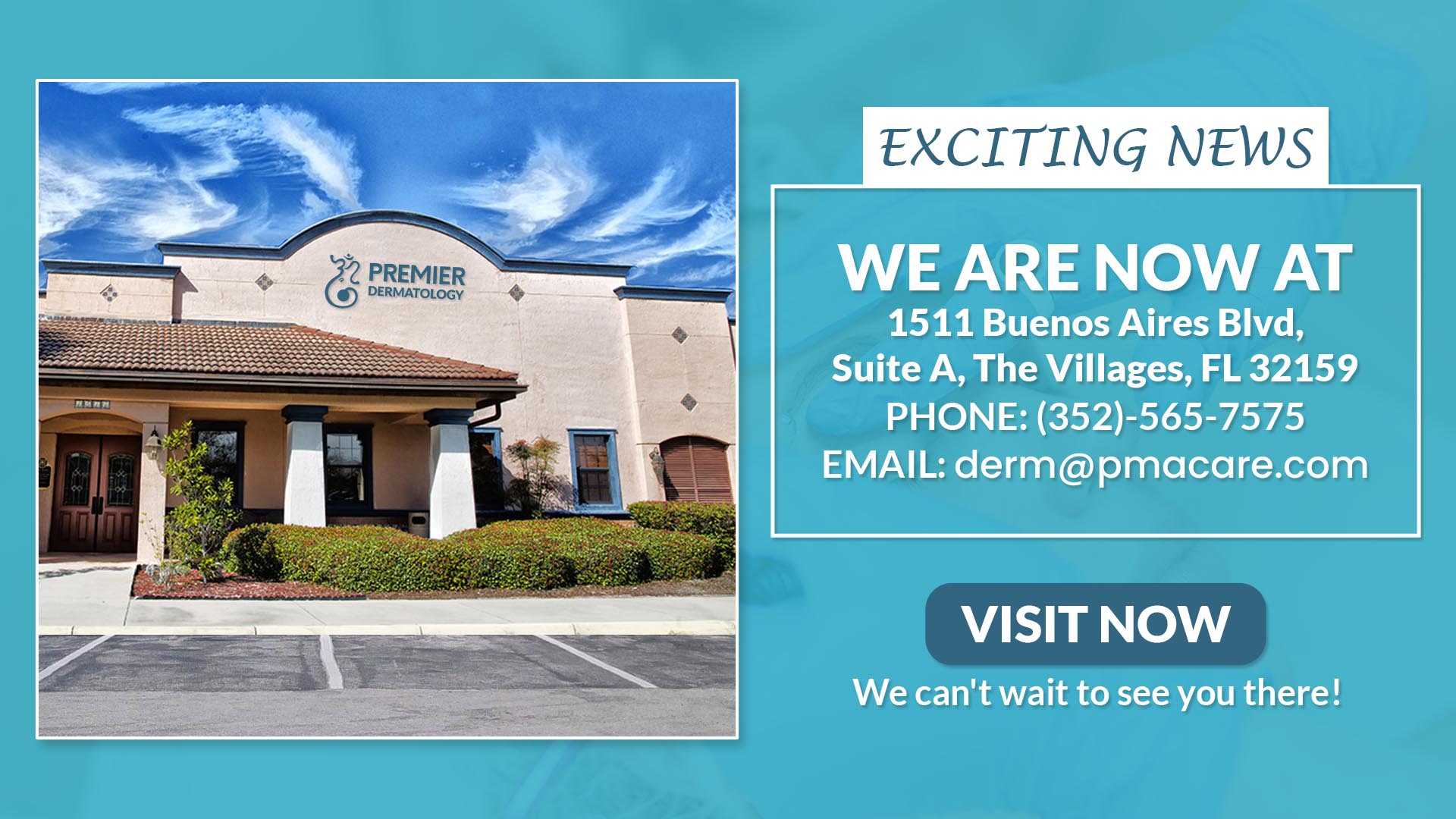
What Are Scars?
Scars are a natural part of the skin’s healing process, occurring when the dermis, the middle layer of skin, has been disrupted due to injury, surgery, or trauma. When the skin is damaged, the body begins a complex biological mechanism to repair itself. This involves the production of collagen, a structural protein that plays a crucial role in healing. Fibroblasts, a type of cell found in connective tissue, are activated to produce this collagen, leading to the formation of new tissue that ultimately replaces the damaged skin.
Different types of injuries can lead to varying appearances of scars. For instance, a small cut may heal with minimal scar formation resulting in a barely noticeable mark, while deeper injuries or surgical incisions may lead to more pronounced scars, such as hypertrophic or keloid scars. Hypertrophic scars are raised and may remain within the boundaries of the original wound, while keloid scars extend beyond those boundaries, creating a more significant aesthetic concern.
Scars can be classified into several types, including atrophic scars, which are depressed below the surrounding skin surface, often a result of conditions like acne or chickenpox. Each type varies not only in appearance but also in the biological mechanisms involved in their formation and maturation. Healing and subsequent scar formation can be influenced by several factors, including the individual’s age, genetic predisposition, and the location of the injury. Without appropriate treatment, these scars may persist, leading individuals to seek methods on how to get rid of scars. Understanding the nature of scars is essential in addressing concerns and exploring suitable scar treatment options.
Types of Scars
Scars are a natural part of the skin’s healing process following an injury, surgery, or inflammation. Understanding the different types of scars is essential for effective scar treatment. The primary categories of scars include atrophic, hypertrophic, and keloid scars, each with distinct characteristics and causes.
Atrophic scars are characterized by a depression in the skin’s surface. These scars typically arise from conditions such as acne or chickenpox, where the skin loses collagen during the healing process, resulting in a sunken appearance. Atrophic scars may also be due to trauma that disrupts the skin’s integrity. Common types of atrophic scars include ice pick scars, boxcar scars, and rolling scars, each varying in shape and depth.
On the other hand, hypertrophic scars present as raised marks on the skin, which occur when the body produces excess collagen during the healing phase. Unlike keloid scars, typically confined to the injury’s original site, hypertrophic scars may become itchy or uncomfortable but often fade over time. These scars are often a result of surgical procedures, burns, or injuries, and they can vary in size depending on the severity of the skin damage.
Keloid scars are more complex, as they extend beyond the original wound site and can grow indefinitely. They result from an overproduction of collagen and are more common in individuals with darker skin tones. Keloids can become unsightly and may cause discomfort, leading many to seek various treatments on how to get rid of scars effectively. These can include surgical excision, corticosteroid injections, or silicone sheets, depending on the individual case.
By understanding the various types of scars and their causes, individuals can make informed decisions about appropriate scar treatment options that may suit their needs and promote smoother skin.
Factors Influencing Scar Formation
Scar formation is a complex biological process influenced by numerous factors that vary from individual to individual. Understanding these factors is essential for effective scar treatment and gaining insight into how to get rid of scars. One of the primary factors is the type of injury sustained. Surgical wounds, burns, and acne can result in different types of scars, such as hypertrophic scars, keloids, or atrophic scars, each with its unique characteristics and treatment requirements.
Another significant factor that affects the appearance of scars is skin type. Individuals with darker skin tones are more prone to hyperpigmentation, leading to more noticeable scars. Conversely, lighter skin types tend to heal differently, affecting the final scar’s visibility. Age also plays a critical role; younger skin generally has a more robust healing mechanism, while older individuals often experience slower healing rates and may develop more prominent scars.
Genetics cannot be overlooked in this context as well. Family history can influence scar formation, with some individuals more genetically predisposed to develop raised or discolored scars. This hereditary aspect highlights the importance of understanding one’s background when considering treatment options. Lastly, the location of the scar on the body can significantly determine its prominence. Areas with more tension or movement may lead to thicker, more visible scars than those located in more stable regions.
Taking all these factors into account is crucial for tailoring the right scar treatment methods. By recognizing how these variables contribute to scar formation, individuals can make more informed decisions when seeking to minimize their scars. Ultimately, this understanding empowers patients to seek appropriate interventions and effectively address the concerns regarding scarring.
Scar Prevention Techniques
Preventing scars involves a combination of proper wound care, sun protection, and lifestyle choices. The initial step in effective scar treatment is managing wounds appropriately. Clean any injury promptly using mild soap and water to reduce the risk of infection, which can lead to deeper tissue damage and increased scarring. Applying a sterile dressing can protect the area from further trauma and bacteria. Additionally, moisturizing the wound with a suitable lotion or ointment promotes healing and reduces dryness, as dry skin can sometimes lead to scar formation.
Sun protection is another critical aspect of preventing scars. Ultraviolet (UV) rays can darken scars and hinder the healing process. Applying a broad-spectrum sunscreen with an SPF of at least 30 to the affected area, even after the wound has closed, can minimize discoloration and support healing. Seeking shade and wearing protective clothing when outdoors are effective measures to shield the skin from harmful rays.
Moreover, making conscious lifestyle choices can significantly enhance skin health and bolster healing. Maintaining a balanced diet rich in vitamins A, C, and E, along with zinc, can facilitate tissue repair and promote overall skin health. Staying hydrated helps maintain skin elasticity, which may further prevent excessive scar formation. Regular exercise may also enhance circulation, enabling oxygen and nutrients to reach the skin, thereby encouraging optimal healing.
In addition to these measures, refraining from picking or scratching at wounds is vital, as this can exacerbate subsequent scarring. By combining these various approaches, individuals can effectively reduce the likelihood of scar development and support the body’s natural healing processes. Adopting these scar prevention strategies not only serves to limit scar formation but also enhances overall skin well-being.
Topical Treatments for Scars
Topical treatments for scars play a crucial role in minimizing their appearance and promoting smoother skin. Various products are available, including silicone gels, creams, and ointments, which can aid in scar treatment and enhance the healing process. Silicone gels, in particular, have garnered attention in dermatological circles for their proven effectiveness in improving scar appearance. When applied consistently, they help flatten and soften raised scars while reducing redness, making them a popular choice among individuals looking to understand how to get rid of scars.
Another option is the use of over-the-counter creams containing ingredients such as hydroquinone, which may lighten hyperpigmented scars, or vitamin E, known for its moisturizing properties. These products can improve skin texture and aid in the overall appearance of scars. While results may vary, regular application in accordance with product guidelines is essential for achieving optimal results. It is advisable to clean the scarred area gently before application, allowing active ingredients to penetrate effectively.
Additionally, certain natural products like aloe vera and honey have been associated with healing properties and may help in scar treatment. Though they might not have the same level of scientific backing as commercial products, many individuals find them beneficial as supportive measures. It is also essential to consult with a healthcare professional before starting any regimen, especially for those with sensitive skin. In doing so, individuals can better understand which topical options are most suitable for their specific types of scars and skin types, ultimately leading to informed decisions and improved results.
Laser Treatments for Scar Improvement
Laser treatments have emerged as a prominent option in the realm of scar treatment, providing individuals with an avenue to significantly enhance the appearance of scars. These professional interventions utilize focused light energy to target areas of the skin affected by various types of scars, including hypertrophic, keloid, and atrophic scars. Various laser technologies are available, each designed to offer specific benefits based on scar formation characteristics.
One of the most commonly used lasers in scar treatment is the fractional laser. Fractional lasers operate by delivering tiny columns of laser energy into the skin, stimulating collagen production and promoting skin healing while leaving surrounding tissues undisturbed. This minimizes the downtime associated with treatment and enables the body to gradually smooth out the scar’s appearance. Patients typically require multiple sessions to achieve optimal results, which can vary depending on the individual’s skin type and the severity of the scars.
Another effective option is the ablative laser, which works by vaporizing the outer layer of the scarred skin. This type of laser is particularly beneficial for more severe scars, as it can produce significant results in a shorter number of sessions. However, it comes with longer recovery times due to the more aggressive nature of the treatment. Safety considerations for both types of laser treatments should be thoroughly discussed with a certified dermatologist or plastic surgeon. Factors such as skin type, sensitivity, and individual medical history must be carefully evaluated to avoid potential complications.
Patients can typically expect a reduction in the visibility of scars, improved texture, and enhanced overall skin tone following laser treatments. While results may vary, many individuals report satisfying outcomes, contributing to their confidence and quality of life. Therefore, for those seeking effective methods on how to get rid of scars, laser treatments present a scientifically-backed option worth considering.
Injectable Treatments for Scars
Injectable treatments have emerged as effective options for managing various types of scars, particularly hypertrophic and keloid scars. Corticosteroids are among the most common injectable treatments used in scar management. These injections work by reducing inflammation and flattening raised scars, which can be a significant concern for many individuals. The corticosteroids inhibit collagen production and can lead to reduced scar tissue formation over time. Typically, multiple sessions may be required to achieve optimal results, and the treatment can be complemented by other modalities for enhanced effectiveness.
On the other hand, dermal fillers present an alternative approach to scar treatment. Fillers are particularly effective for indented scars, such as those that result from acne or injury. These substances, which may include hyaluronic acid or collagen-based materials, are injected directly into the scarred area to elevate the depressed skin and create a smoother surface. This method provides immediate results, but the longevity of the effects can vary depending on the type of filler used. Patients often may need follow-up treatments to maintain the desired aesthetic outcome.
While injectable treatments can yield significant improvements in the appearance of scars, it is essential to consider potential side effects. Common reactions might include temporary swelling, bruising, or discomfort at the injection site. In rare cases, individuals may experience allergic reactions to the substances used. Therefore, discussing all concerns with a qualified healthcare provider is pivotal to ensure the best approach to scar management. Ultimately, both corticosteroids and fillers offer viable options for those seeking to understand how to get rid of scars effectively, making them valuable components in the broader spectrum of scar treatment options.
Surgical Options for Scar Revision
Surgical intervention is one of the more robust methodologies when it comes to addressing severe scarring. For individuals who seek to minimize the appearance of prominent scars, surgical scar treatment may offer a viable solution. Several surgical techniques are commonly employed, depending on the type of scars and their specific characteristics, such as hypertrophic scars, keloids, or atrophic scars.
One frequently used method is excision, where the scar tissue is surgically removed, and the skin is then re-stitched to create a less noticeable scar. This technique is often best employed for larger scars or those that have not responded well to less invasive treatments. Notably, patients can expect that while the resulting scar may initially appear more apparent, it typically heals to a smoother and less prominent form over time.
Another technique is dermabrasion, where the surface layers of skin are gently exfoliated using a rotating tool. This tends to be effective for atrophic scars, smoothing out uneven skin texture. The healing process may lead to reddened skin initially, but most patients find the cosmetic results desirable after recovery.
Laser therapy has emerged as a popular alternative or adjunct to surgical options, utilizing focused laser light to break down scar tissue and promote new skin regeneration. This method offers reduced downtime and often fewer side effects compared to traditional surgery.
Nevertheless, patients must be aware of potential risks associated with surgical scar treatment, including infection, prolonged healing times, and the possibility of new scar formation. It remains essential for patients to conduct thorough consultations with their healthcare providers to discuss concerns and expectations. By assessing individual needs, practitioners can tailor treatment plans effectively for those seeking to understand how to get rid of scars through surgical means.
Consulting an Expert: When to Seek Professional Help?
Consulting a dermatologist or a qualified skin care expert is an essential step for individuals seeking effective scar treatment. Not all types of scars respond well to home remedies, and professional guidance can provide tailored advice to achieve optimal results. Understanding when to seek professional help can significantly influence the effectiveness of scar management strategies.
If you have persistent scars that have not improved over time despite various at-home treatments, this could be a sign to consult an expert. Additionally, scars that exhibit changes in color, size, or texture may require a professional assessment to rule out underlying conditions and to identify the most appropriate treatment options. It is particularly important for hypertrophic or keloid scars, which can be more complex and may necessitate specialized interventions.
During a consultation, the dermatologist will perform a thorough examination of the scars, taking into account factors such as your skin type, medical history, and any previous treatments you may have attempted. This assessment paves the way for a personalized treatment plan, which may include topical treatments, laser therapy, or injectables aimed at improving the appearance of your scars or advising on how to get rid of scars effectively.
Moreover, a professional can guide you through preventive measures, helping you understand the types of scars and how they form, alongside recommendations for scar management as issues arise. They can also offer insight into lifestyle changes that may aid in scar reduction, such as proper skincare routines and sun protection. Overall, seeking expert advice is not only a step towards effective scar treatment but also an opportunity to enhance your overall skin health.



